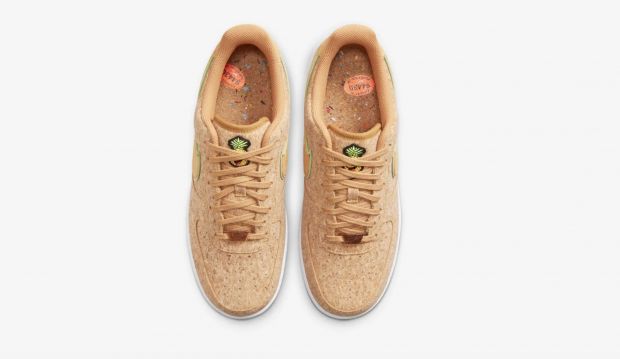10 January 2022
Due to the vegan movement, the use of leather in fashion is coming under increasing criticism. In recent years, numerous alternatives have therefore come onto the market. But can they really replace leather? The German research institute FILK (Forschungsinstitut für Leder und Kunststoffbahnen) Freiberg Institute GmbH has examined various leather alternatives in a study. Research director and managing director Dr. Michael Meyer, explains the results and the resulting questions, writes Barbara Markert on The Spin Off.

What exactly does FILK do?
The FILK was founded 120 years ago. Our focus is research and development of polymers. This involves flexible materials that are made up of several layers of polymers, such as conveyor belts, products from the medical sector or materials used in public transport. Leather and artificial leather are also part of this, but are rather a small part of our research. It is important to mention that we are independent. We take up questions that develop in industry or are brought to us. Sometimes we also look for questions ourselves that are important in this material segment. This is how the study on leather and artificial leather came about.
The study was done on your own initiative?
Exactly. We have a large test laboratory and as a scientist you eventually become curious about the technical performance of these different artificial leather materials. It was important to us that the materials were suitable for industrial use, i.e., that they were already in use.
How many artificial leather materials did you test in the study?
Around 20, to name a few: Pinatex, Cork, MuSkin, Wood-Textile, Kombucha, Deserto, Vegea, Teak Leaf, SnapPap. All of them are already on the market and have been compared by us according to set standards.
Are the materials easy to compare?
All these materials are completely different in structure and properties. That was a real challenge. As a comparison material, we compared leather and the standard artificial leather with the still quite new materials made of cork, fungus, bacteria, cellulose, etc., which have a completely different structure. There is also the question of which property the user is most interested in or a seller wants to advertise in the end: durability, water resistance…?
To read more details on this research comparison summarized by Barbara Markert, click on The Spin Off – Materials Comparison
We bring leather, material and fashion businesses together: an opportunity to meet and greet face to face. We bring them from all parts of the world so that they can find fresh partners, discover new customers or suppliers and keep ahead of industry developments.
We organise a number of trade exhibitions which focus on fashion and lifestyle: sectors that are constantly in flux, so visitors and exhibitors alike need to be constantly aware both of the changes around them and those forecast for coming seasons.